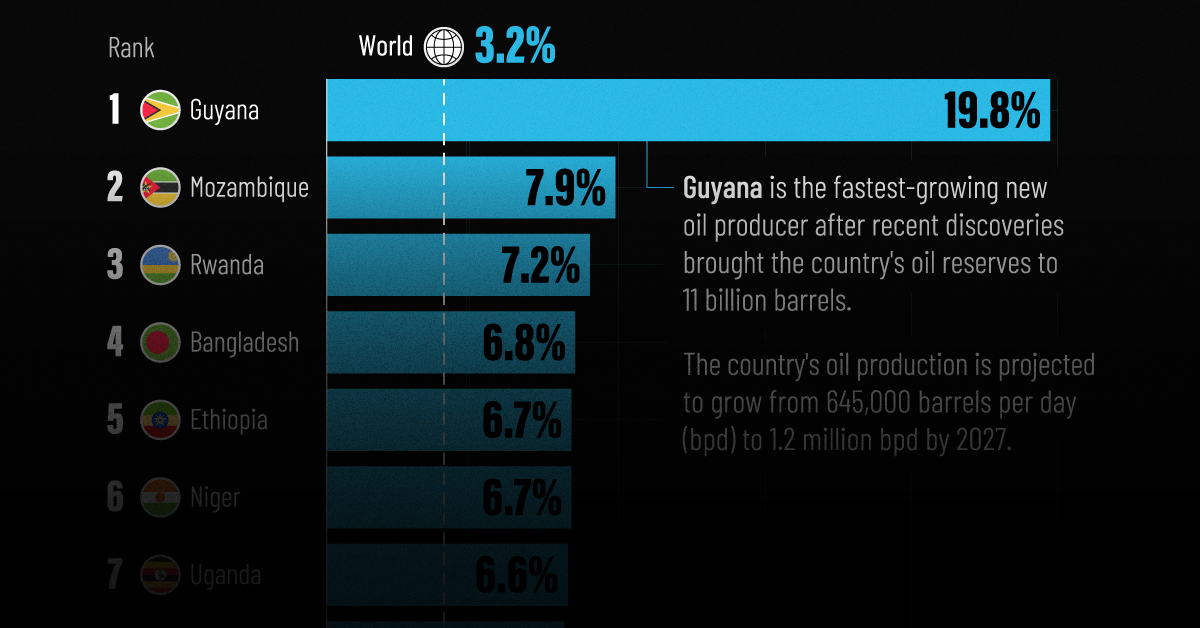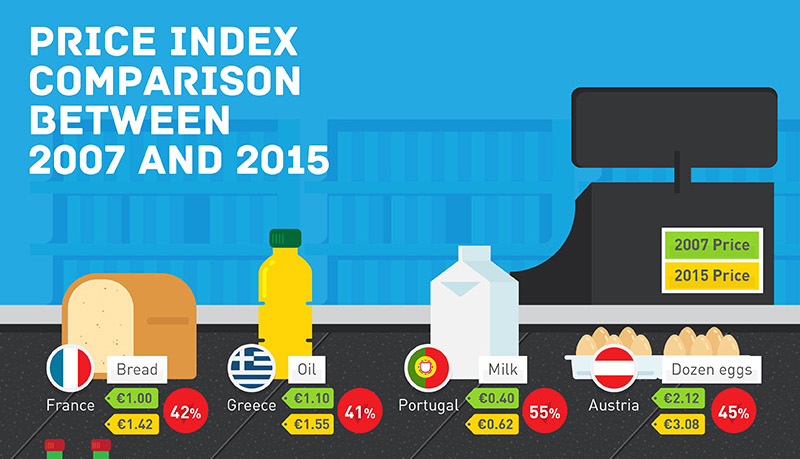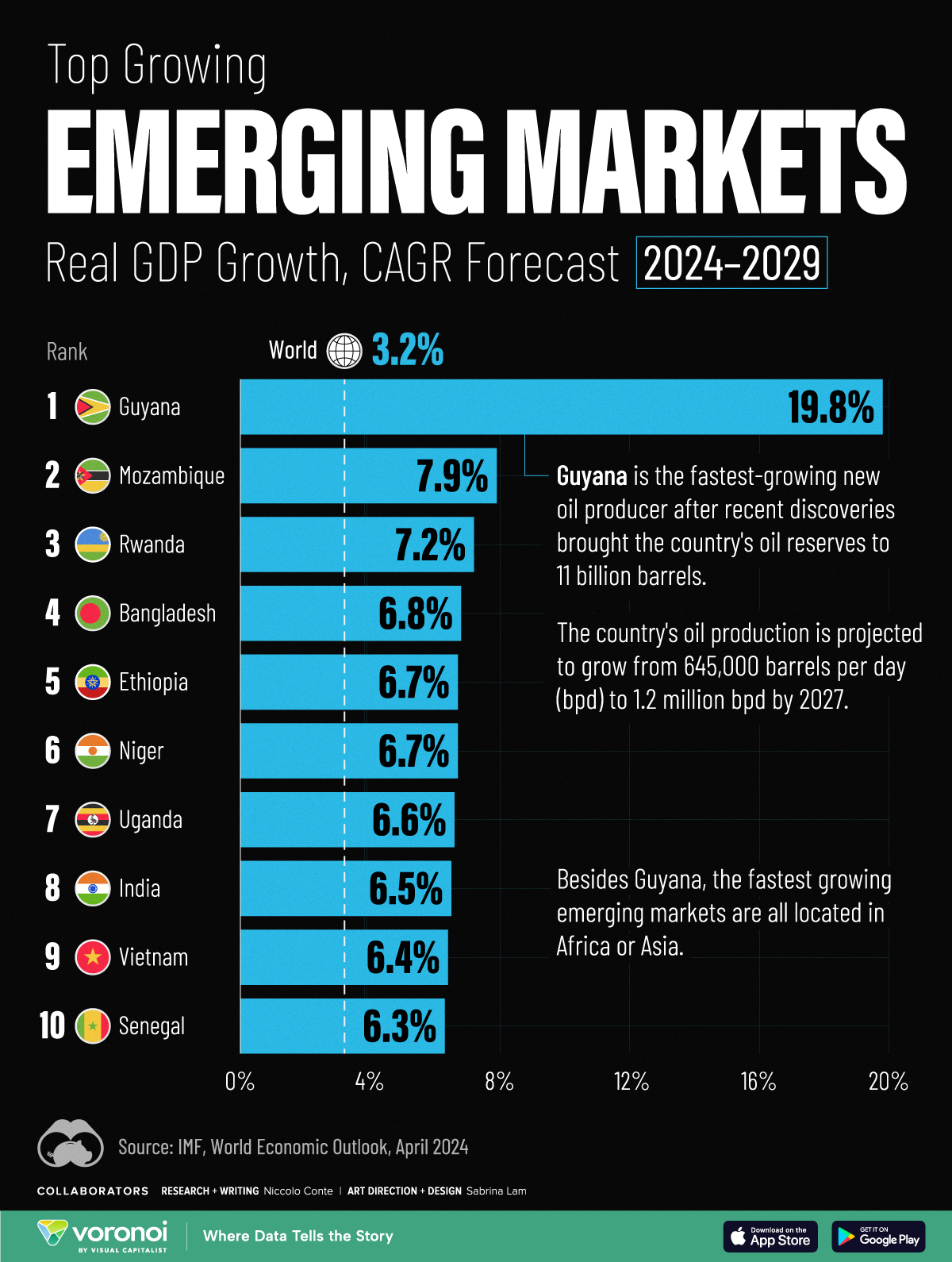Markets
The Fall of the Mighty Euro

The Fall of the Mighty Euro
The European Union has always been primarily a political project. The idea of the union was to take peoples that had long and complicated histories, and to place them in a situation where they must work together and shed their differences in order to achieve success.
From the political angle, it can be argued that this objective has been achieved. War and conflict within Western and Central Europe has mostly been stymied. Considering the continent’s lengthy history in these areas, this is great news.
However, it’s particularly the countries that adopted the euro as common currency that put themselves into a more precarious economic position. The problem is simple: countries maintain certain political and fiscal responsibilities, but do not control the fate of their common currency.
The result is that eurozone politicians have very different fiscal policies, but don’t have the flexibility of monetary policy to help accompany them. Some countries are trying to spend their way out of trouble, while others are maintaining strict austerity. Either way, the European Central Bank (ECB) controls the plight of the currency and can make unilateral decisions that have a big impact on every country. For example, in the beginning of June 2015, the ECB announced the minimum of a $1.14 trillion quantitative easing program that will add new currency units that together are larger than the economies of Ireland, Greece, Portugal, Finland, Luxembourg, and Slovenia combined.
There has been an array of other problems plaguing the eurozone as well. The most notable of these was that Greece was admitted into the monetary union in the first place after fudging numbers on the Greek economy. Even though Greece makes up about 2% of the overall eurozone, the country has been in constant trouble that has threatened to undermine the entire union. (For a primer on this, read The Origin of the Greek Crisis)
The euro itself has dropped precipitously, particularly in terms of USD but also in terms of GBP and CNY. In the beginning of 2008, a US dollar could buy only €0.65 euros. Today, on average through 2015, one US dollar can buy €0.91 euros.
With European demographics getting more challenging by the year, and deflation stalking the eurozone, problems don’t seem to be going away for the euro. The crises in Ukraine and Greece continue on without much resolved, and the ECB is continuing on with its QE program. Meanwhile, the Refugee Crisis has created another political distraction that has its own challenges for the people of Europe.
Will the shrinking euro be able to revert its course, or is Europe doomed to become the next Japan?
Original graphic by: Coupofy
Markets
The World’s Fastest Growing Emerging Markets (2024-2029 Forecast)
Here are the emerging markets with the fastest projected growth rates over the next five years based on analysis from the IMF.

The World’s Fastest Growing Emerging Markets (2024-2029)
Large emerging markets are forecast to play a greater role in powering global economic growth in the future, driven by demographic shifts and a growing consumer class.
At the same time, many smaller nations are projected to see their economies grow at double the global average over the next five years due to rich natural resource deposits among other factors. That said, elevated debt levels do present risks to future economic activity.
This graphic shows the emerging markets with the fastest projected growth through to 2029, based on data from the International Monetary Fund’s 2024 World Economic Outlook.
Get the Key Insights of the IMF’s World Economic Outlook
Want a visual breakdown of the insights from the IMF’s 2024 World Economic Outlook report?
This visual is part of a special dispatch of the key takeaways exclusively for VC+ members.
Get the full dispatch of charts by signing up to VC+.
Top 10 Emerging Markets
Here are the fastest-growing emerging economies, based on real GDP compound annual growth rate (CAGR) forecasts over the period of 2024-2029:
| Rank | Country | Projected CAGR (2024-2029) |
|---|---|---|
| 1 | 🇬🇾 Guyana | 19.8% |
| 2 | 🇲🇿 Mozambique | 7.9% |
| 3 | 🇷🇼 Rwanda | 7.2% |
| 4 | 🇧🇩 Bangladesh | 6.8% |
| 5 | 🇪🇹 Ethiopia | 6.7% |
| 6 | 🇳🇪 Niger | 6.7% |
| 7 | 🇺🇬 Uganda | 6.6% |
| 8 | 🇮🇳 India | 6.5% |
| 9 | 🇻🇳 Vietnam | 6.4% |
| 10 | 🇸🇳 Senegal | 6.3% |
As South America’s third-smallest nation by land area, Guyana is projected to be the world’s fastest growing economy from now to 2029.
This is thanks to a significant discovery of oil deposits in 2015 by ExxonMobil, which has propelled the country’s economy to grow by fourfold over the last five years alone. By 2028, the nation of just 800,000 people is projected to have the highest crude oil production per capita, outpacing Kuwait for the first time.
Bangladesh, where 85% of exports are driven by the textiles industry, is forecast to see the strongest growth in Asia. In fact, over the last 30 years, the country of 170 million people has not had a single year of negative growth.
In eighth place overall is India, projected to achieve a 6.5% CAGR in real GDP through to 2029. This growth is forecast to be fueled by population trends, public investment, and strong consumer demand.
Get the Full Analysis of the IMF’s Outlook on VC+
This visual is part of an exclusive special dispatch for VC+ members which breaks down the key takeaways from the IMF’s 2024 World Economic Outlook.
For the full set of charts and analysis, sign up for VC+.
-

 Green7 days ago
Green7 days agoThe Carbon Footprint of Major Travel Methods
-

 Debt2 weeks ago
Debt2 weeks agoHow Debt-to-GDP Ratios Have Changed Since 2000
-

 Sports2 weeks ago
Sports2 weeks agoThe Highest Earning Athletes in Seven Professional Sports
-

 Science2 weeks ago
Science2 weeks agoVisualizing the Average Lifespans of Mammals
-

 Brands2 weeks ago
Brands2 weeks agoHow Tech Logos Have Evolved Over Time
-

 Energy2 weeks ago
Energy2 weeks agoRanked: The Top 10 EV Battery Manufacturers in 2023
-

 Demographics2 weeks ago
Demographics2 weeks agoCountries With the Largest Happiness Gains Since 2010
-

 VC+2 weeks ago
VC+2 weeks agoVC+: Get Our Key Takeaways From the IMF’s World Economic Outlook













